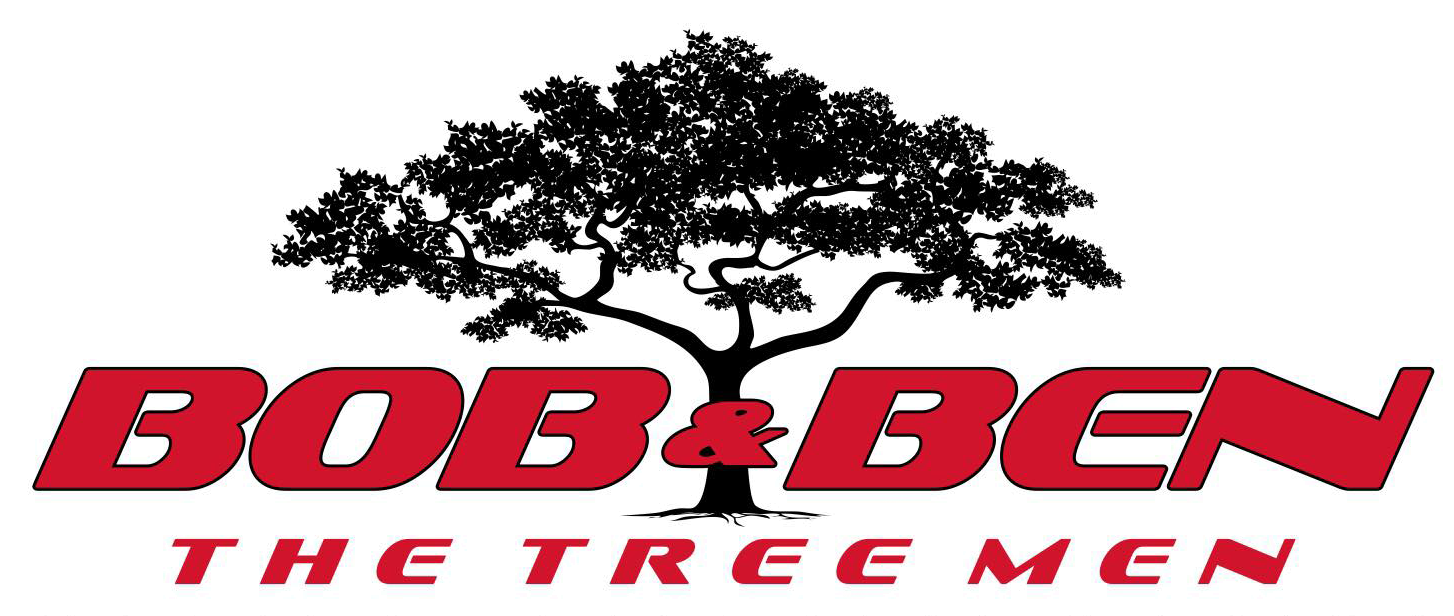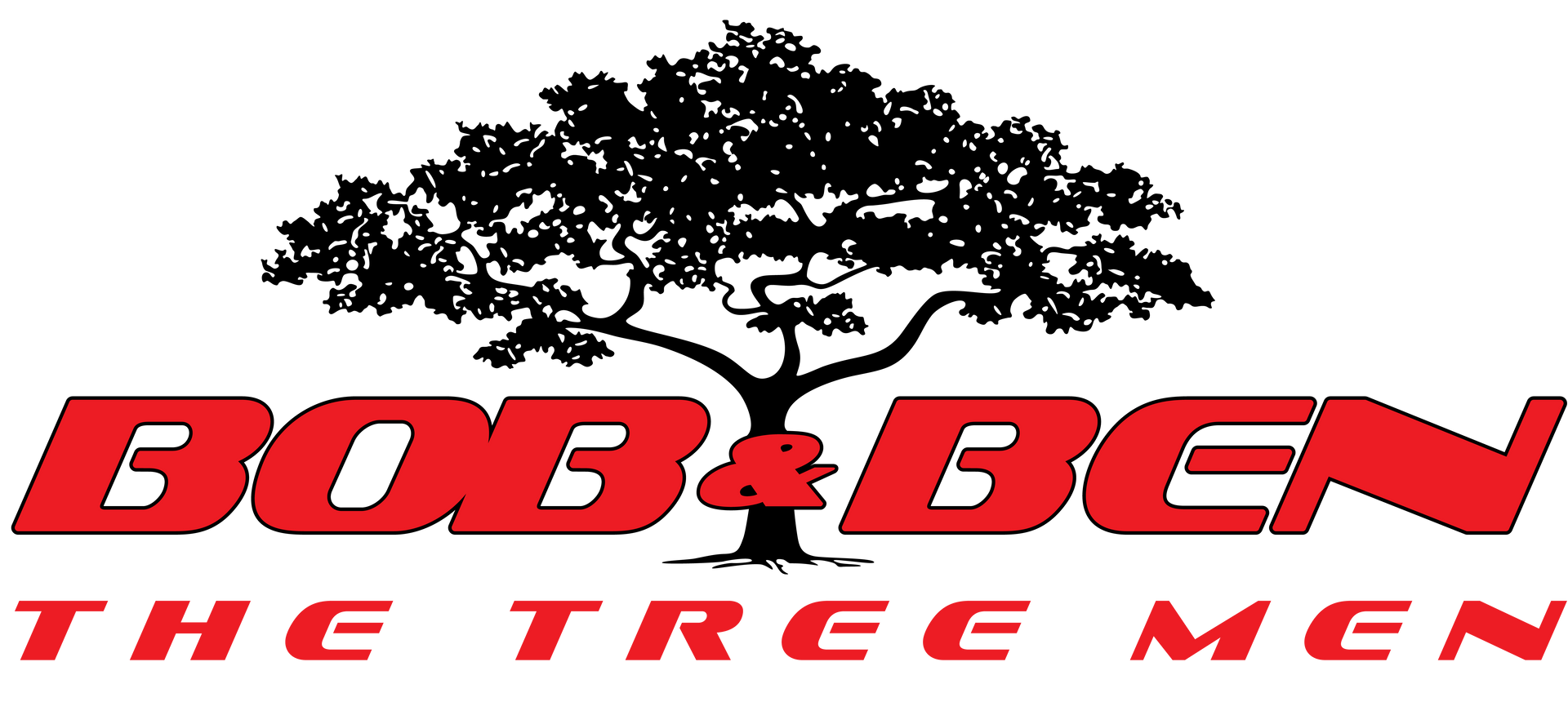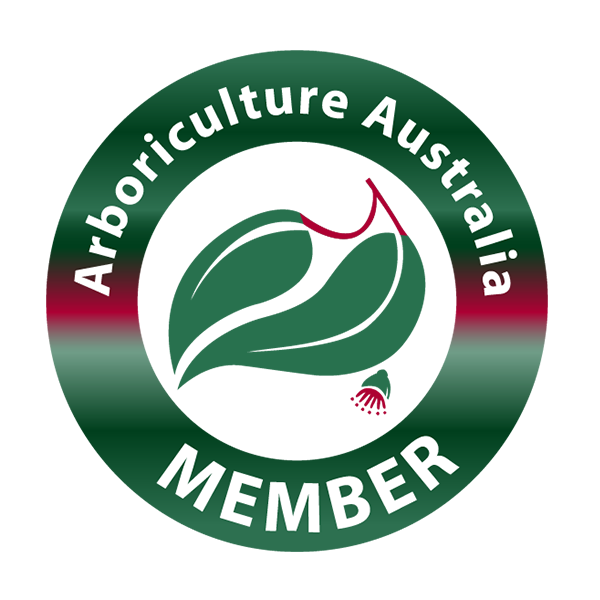What You Can & Can’t Do With Trees on Your Property in the Sutherland Shire
This article is part of our series on tree removal and pruning rules across local councils. We’ve recently updated it to reflect the latest information from Sutherland Shire Council, helping you understand what can and can’t be done without approval.
The details below are sourced directly from the Sutherland Shire Council website, so you can rely on them as accurate and up to date.
Removing a Tree Within 3 Metres of an Existing Home or Pool
Sutherland Shire Council may allow the removal of a tree that’s within three metres of an existing house or swimming pool. This rule recognises that trees located too close to structures can cause property damage or safety risks.
The three-metre distance is measured:
- From the outer wall of the house or the edge of the concrete slab forming its foundation, to
- The trunk of the tree at its closest point,
- At a height of 500mm above the ground.
It’s important to note that this rule only applies to trees near a main dwelling or pool. It does not apply to trees within three metres of other structures such as decks, sheds, garages, fences, or outbuildings.
If you’re considering removing a tree under this allowance, it’s always best to confirm with Council before starting any work. Even though removal may be permitted, you may still need to lodge an application or provide supporting information, depending on the situation.
Removing a Tree Within 3 Metres of a Proposed Building or Pool
In some cases, Sutherland Shire Council may allow the removal of a tree that’s within 3 metres of a planned house, extension, or swimming pool. However, this is only permitted when certain conditions are met — and you must still apply for council approval before any removal takes place.
Council may consider approving tree removal if:
- The tree is positioned where the new building footprint will go.
For example, it sits in the centre of the site where the main part of the house or pool is planned.
- The tree isn’t in a setback area.
Trees located in required front or rear setbacks generally can’t be removed under this allowance.
- A qualified arborist supports the removal.
An AQF Level 5 Arborist must complete a Tree Risk Assessment Qualification (TRAQ) report confirming that removal is appropriate.
- Keeping the tree would make the design unreasonably difficult.
If retaining the tree would mean major changes to the design of your new dwelling or pool, Council may consider removal, provided the overall canopy loss can be offset.
- You include replacement planting in your plans.
The development must include replanting at a 4:1 ratio (four new trees for every one removed), in line with Council’s requirements to maintain local canopy cover.
Important:
Even if your situation meets these conditions, you must still submit a formal application to Council and receive approval before removing the tree. Tree removal near a proposed structure is never automatically exempt.
What Can Be Removed Without Council Approval?
Under the Sutherland Shire Council Tree Preservation Order, some tree species are exempt from protection. This means you can remove or prune these species without needing council consent, as long as they are not part of a heritage-listed property or item.
Below is the current list of tree species exempt from council approval under the Sutherland Shire Development Control Plan:
| Botanical name | Common name |
|---|---|
| Acacia podalyriifolia | Queensland Silver Wattle |
| Acacia saligna | Golden wreath wattle |
| Acer negundo | Box elder |
| Araucaria bidwillii | Bunya bunya pine |
| Arundinaria spp | Clumping Bamboo |
| Chamaecyparis pisifera spp | Sawara Cypress |
| Cinnamomum camphora | Camphor laurel |
| Citrus spp | Cumquat, Grape Fruit, Lemon, Lime, Mandarin, Orange (edible species) |
| Cupressus macrocarpa var brunniana | Brunnings Golden Cypress |
| Cupressus sempervirens Cupressocyparis leylandii | Pencil Pine or Italian Cypress Leyland Cypress (and their cultivars) |
| Eriobotrya japonica | Loquat |
| Erythrina X sykesii | Coral tree |
| Ficus benjamina | Weeping fig |
| Ficus elastica | Rubber tree |
| Grevillea robusta | Silky oak |
| Ligustrum lucidum | Large leaf privet |
| Ligustrum sinense | Small leaf privet |
| Liquidambar styraciflua | Liquidambar |
| Morus nigra | Black Mulberry |
| Olea europaea subsp cuspidata | African Olive |
| Phoenix canariensis | Canary Island Date Palm |
| Phyllostachys aurea | Fishpole Bamboo |
| Phyllostachys nigra | Black Bamboo |
| Pinus radiata | Radiata Pine or Monterey Pine |
| Pomme spp | Apple, Crab Apple, Nashi Fruit, Pear, Quince (edible species) |
| Populus nigra “Italica” | Lombardy poplar |
| Prunus spp | Apricot, Cherry, Nectarine, Peach, Plum |
| Robinia pseudoacacia | Black Locust |
| Schefflera actinophylla | Umbrella tree |
| Syagrus romanzoffiana | Cocos palm |
If you’re unsure whether your tree species is exempt, it’s best to check directly with Sutherland Shire Council before pruning or removal. Rules can change over time, and some trees that appear common may still be protected under heritage or environmental conditions.
Other Tree Work That Doesn’t Need Council Approval
There are certain situations where you can prune or remove a tree in the Sutherland Shire without applying for council approval. These exemptions are in place for safety reasons, minor maintenance, or emergency work.
You can usually carry out work without approval if:
The tree has storm damage.
You can prune or remove the damaged part of a tree if it has been affected by a storm and part of a limb is broken.
Branches are hanging over your roof.
You can prune branches that directly overhang your house or commercial building, as long as:
- The pruning only goes back to the nearest branch junction or collar to clear the roofline, and
- The tree’s owner agrees to the work.
All pruning must follow the Australian Standard for the Pruning of Amenity Trees (AS4373–2007).
You’re doing minor pruning.
Minor pruning means reducing the canopy by no more than 10% in any 12-month period. This type of work also needs to follow the same Australian Standard (AS4373–2007).
The tree is an immediate danger.
If a tree is unstable or poses a clear and immediate risk to people or property, you can remove it right away. However, you must be able to prove that the danger was genuine. This can be done by having the risk witnessed by a Council Officer, Police Officer, Emergency Services Officer, or by obtaining:
- A report from a qualified arborist (AQF Level 4 or higher), or
- Photographic evidence and a statutory declaration from a third party.
Examples include trees with split trunks, storm-felled trees damaging buildings, or fallen limbs blocking driveways or paths.
Emergency access or public safety work.
Trees or bushland may be removed when it’s necessary for emergency access or emergency works carried out by Council or a public authority.
Bushfire management.
Trees or bushland identified as a fire hazard under an approved bushfire risk management plan can be removed or burned as part of bushfire prevention activities.
Council maintenance work.
Sutherland Shire Council can carry out work on trees located on Council-owned or managed land when the work is done by or on behalf of the Council.
What do I have to get permission for?
Other than the exceptions noted above, permission has to be granted for everything else.
You can find online applications for Sutherland Shire and St. George here. Each application is carefully reviewed by trained council staff who assess the health, location, and overall impact of the tree before making a decision.
A common misconception is that council says “NO” to almost everything. This is not correct. Sutherland Shire Council has a set criteria by which they assess all trees. If your trees fit within this criteria, then permission will be granted.
Trees on neighbouring properties?
If the tree you want to prune or remove is on a neighbour’s property, you’ll need both the neighbour’s permission and council approval.
The council application form includes a section for your neighbour to complete and sign before you submit it. This helps confirm that both parties agree to the proposed work.
Takeaway
Council rules around tree pruning and removal can be tricky, and the right approach often depends on your specific property and tree type. If you’re not sure whether your situation needs approval, it’s best to get advice from an experienced arborist from Bob & Ben or check directly with Sutherland Shire Council before making any changes. A quick conversation can help you avoid costly mistakes and keep your property compliant.

Over 25 years ago, Bob and Ben planted the seeds of what would become one of the most popular and trusted tree service businesses in the Sutherland Shire.
Get your FREE tree lopping quote today!
Let Bob and Ben The Tree Men get to the root of all your tree problems. Contact us today to receive your personalised quote.





